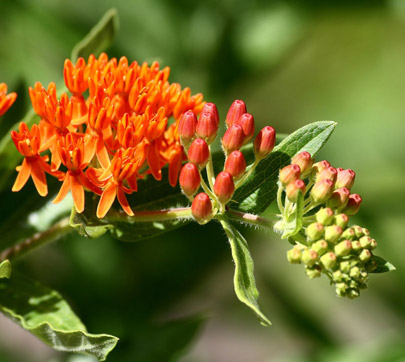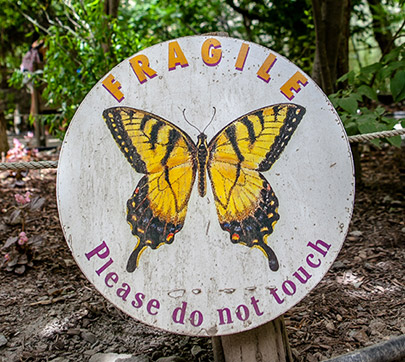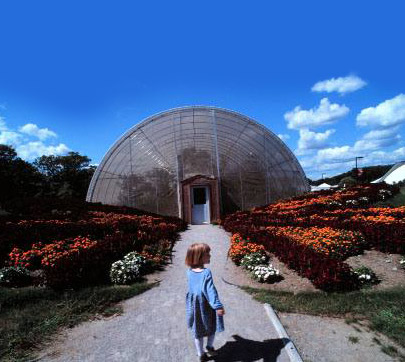Conservation & You
Watch your garden take flight: Create a butterfly garden
Step 1: Research
-
Research the types of butterflies that are common in your town or city. For example, common to Boston are black swallowtail butterflies.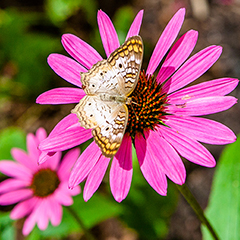
- Research the types of plants that attract those butterflies- you’ll need plants like milkweed or parsley that butterfly larvae can feed on, and also plants with plenty of nectar like zinnia or heliotrope for grown butterflies. Butterflies are attracted to fragrance and color. Plants they like include the butterfly bush, butterfly weed, day lilies, and goldenrod. Look to plant bright, “hot” colors with purples, yellows, reds and pinks.
Step 2: Imagine
- Think about where you’re going to put it, in places like your backyard or terrace. A butterfly garden can range from a large plot of land to a window box or container garden.
- Draw a sample to show your family and friends, or even work on it together with them!
Step 3: Create
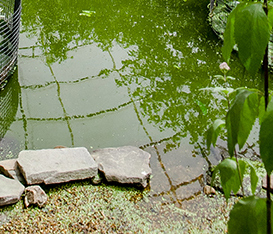 After you know which plants you’ll need and your layout, get out and buy those plants or seeds!
After you know which plants you’ll need and your layout, get out and buy those plants or seeds!- Although nectar is the staple of a butterfly’s diet, they still need a place to sip minerals from water, known as “puddling” in butterfly language. So be sure to add a puddling station with a little moist dirt or sand in your garden.
- Make sure your plants get as much sunlight and water as they need. This isn’t just for your flowers--butterflies are cold-blooded, so they need to warm their wings in the sunshine, too.
Step 4: Fly!
Watch and wait for the butterflies to flock to your garden! You can even keep a butterfly journal with notes and photographs to record which butterflies were most popular, how long they stayed, and which plant they liked best. This will help in planning for future gardens.
Need some inspiration?
Visit Franklin Park Zoo’s Butterfly Hollow for some tips!



